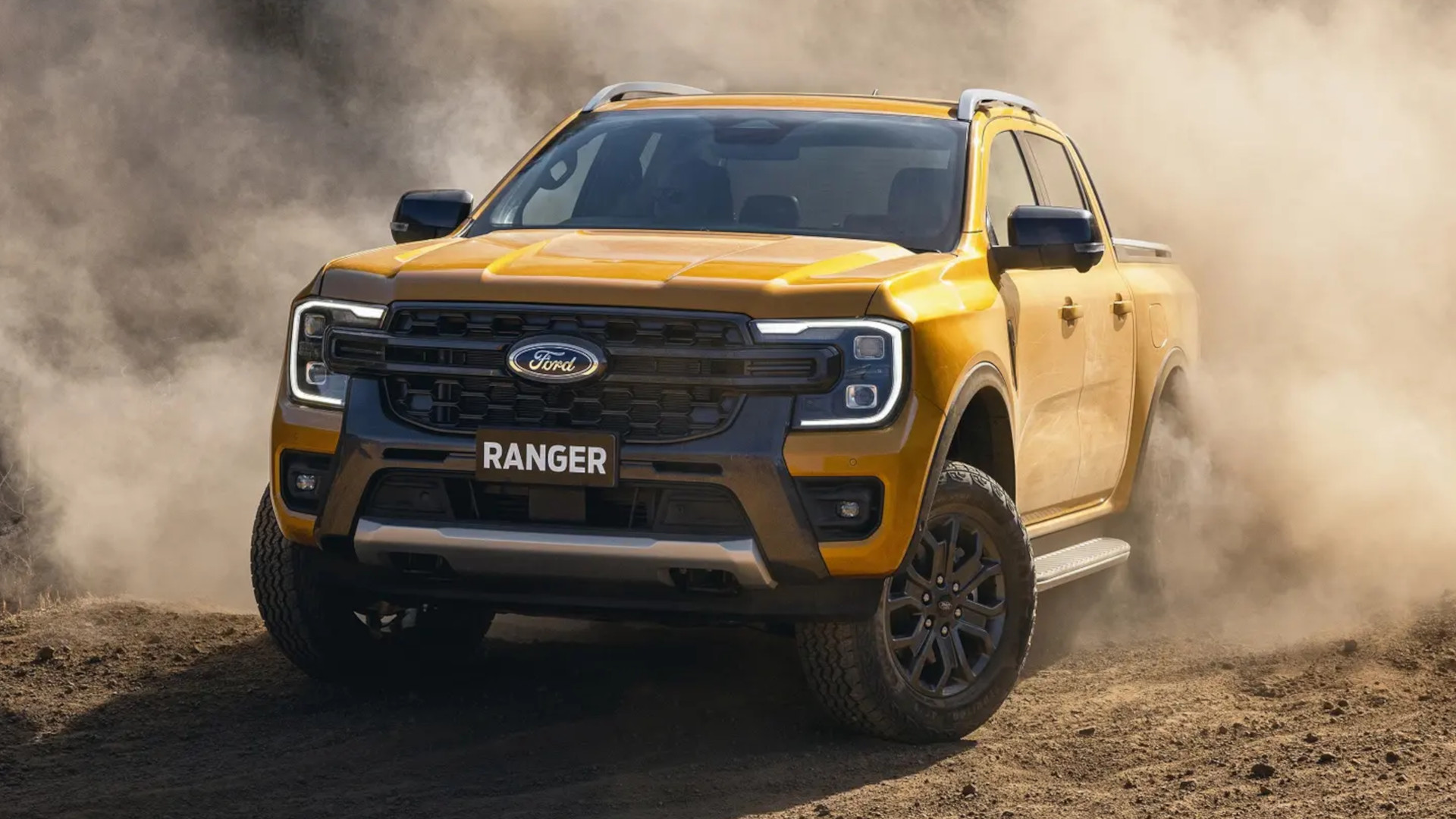

New reports suggest that ICE-powered Ford Ranger could keep riding on the same basic platform well into the 2030s.
As covered by Ford Authority, new reports from AutoForecast Solutions suggest Ford may continue building Ranger trucks on the aging T6 platform for some time to come. The company’s forecasts suggest that an electric Ford Ranger is on the way sometime before 2030, which will ride on its own bespoke EV platform. Meanwhile, the report indicates that ICE models of the Ranger pickup will continue to built into the 2030s, still using the T6 underpinnings.
The T6 platform goes way back. The first T6-based Ford Ranger entered production in 2011, primarily for Australia and other global markets. A new global Ford Ranger was later revealed in late 2021, the second generation model to ride on the T6 platform. The US version of that truck is due to launch later this year, replacing the current T6-based US market Ranger which was first delivered in 2019. The midsized T6 platform is also used in the Bronco and Everest models, as well as serving as the basis for the previous generation Mazda BT-50 and the latest Volkswagen Amarok.

The roadmap from AutoForecast Solutions suggests that the upcoming US market Ranger will go into production at Ford’s Michigan Assembly Plant in May this year. The model is expected to remain in production until July 2029. Beyond that, the plant is expected to switch over to the following generation mid-sized pickup in August 2029, which will be built on the same underlying T6 platform. This lines up with previous reports shared by Ford Authority, that indicated a new-generation Bronco would enter production in Michigan in 2029, again still relying on the T6 platform. The Drive reached out to Ford regarding the matter, with the automaker declining to comment.
As for upcoming electric versions of the Ranger and Bronco, those are expected to ride on the new all-electric TE1 platform. These models are reportedly slated for production at Ford’s BlueOval City facility, currently under construction in Tennessee. Those models are expected to launch around 2029, to be sold concurrently alongside ICE-powered models, according to AutoForecast Solutions.
It may seem crazy to look so far ahead, and forecasts are fundamentally just that. In any case, tooling up in the auto industry takes years, and automakers routinely make product plans on decade-long timescales. Given the shift towards an EV-heavy marketplace, it would make a lot of sense for Ford to get the most out of its solid T6 platform throughout this transitional period.
Got a tip? Let the author know: lewin@thedrive.com